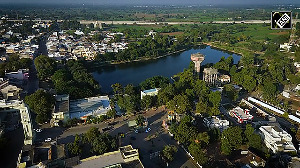The impact of the Credit Bureau has now ensured that the credit card market reached around Rs 1,500 crore (Rs 15 billion) a month level but is profitable this time for the banks and borrowers are responsible.
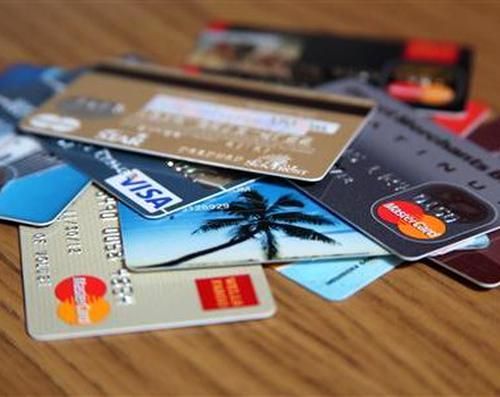
Legend has it that Frank McNamara (founder of Diners Club) forgot his wallet when he had dinner in a New York restaurant.
When the bill arrived, Frank had to send his wife home to pick up the wallet and wait for her at the restaurant to settle the bill.
He decided there should be an alternative to cash and thus the first modern credit card was born sometime in 1950. Within a couple of decades, it had become a big business in the Western hold.
In India, it had a sedate beginning in the mid to late 1980s, though reportedly it was Andhra Bank that first issued one in 1981.
I used to work for a financial institution back in the late 80s and had to travel quite often on work. While tickets were arranged and paid for by the travel department directly we had to take large cash advances to settle the hotel bills and other expenses when on tour.
Carrying the cash and managing the remainder on return was always a chore.
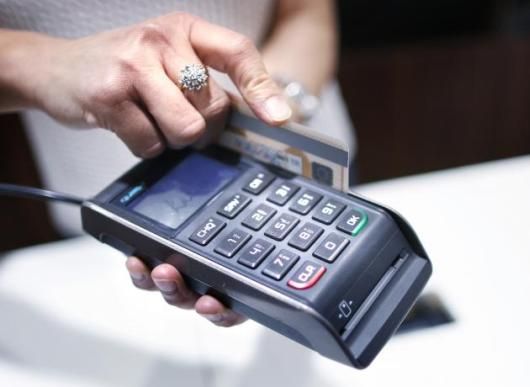
So, when the public sector bank with which I had my salary account offered me a credit, card I jumped at it, especially since most of the hotels where we stayed had started accepting those credit cards.
My delight was increased multi-fold when I realised the bank did not bill me for many expenses I had charged on the card. Of course, like all good things, the party came to an end as that bank had to inevitably move out of the credit card business.
Remember, in the late 1980s, very few merchant establishments accepted payments by credit cards, so there was very little demand for them.
Not that suppliers were dying to provide credit cards.
In fact, the concept of loans by organised lenders to individuals were just beginning to establish itself.
Home loan pioneers HDFC and LIC Housing Finance were established home loan providers (though relatively small by today's standards) and the car loan market (including that unique Indian product called the "car booking loan") was just beginning to open up as a result of the Maruti revolution.

So, all the action was happening in the secured loan (secured against property or the car) market and the 90s saw a host of non-banking finance companies (NBFCs) vying for the market and competing with the foreign banks that had become active in the car loan market.
Credit cards in the 1990s were still meant only for the elite and the upwardly mobile and were still a status symbol to be flashed while taking your business associates to a meal in an upscale restaurant or for settling your hotel bill.
A combined effort by various banks ensured that shopkeepers realised the potential of the credit card in increasing sales.
Thus, credit cards started getting accepted at many more establishments and that in turn fuelled demand for the credit card from individuals.
Banks beefed up their issuance systems and by around 2003-04 the number of new credits issued touched 2,500,000 to 3,000,000 a year.
Soon banks started a war to poach on the credit card holders of rival banks by offering balance transfer facilities at low to zero cost.
Smart customers started transferring balances from one card to another almost indefinitely at no cost. Unscrupulous consumers defaulted with one bank but still managed to get credit cards from other banks in the absence of the credit bureau.
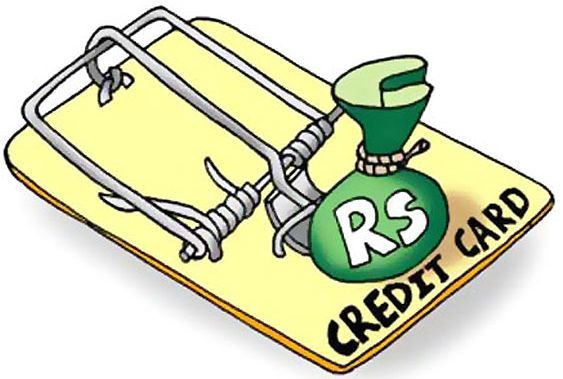
By 2008, defaults had started piling up and suddenly the card issuers' balance sheets were in the red.
The party officially ended when the markets suddenly turned bearish in 2008 due to the global crisis and job losses started piling up.
By this time the Credit Bureau had become quite effective and the size of the problem became apparent. Banks almost stopped issuing new credit cards and also started weeding out existing credit card holders or dropping their credit limits. The number of credit cards issued dropped from a high of about 27.5 million in 2007-08 to around 17.6 million in 2011-12.
Due to the entry of credit bureaus, consumers also realised that they could not afford to default on their credit cards as their future access to any credit (car/bike loans or home loans) was certain to be affected.
Today the market has returned with fresh credit card issues estimated at two million a year.
And the total number of operational credit cards has risen to 19.48 million in June 2014.
HDFC Bank is today the lead issuer of credit cards though the lead issuer tag has changed from time to time with ICICI Bank and SBI Credit cards holding the largest issuer tag in earlier years.
Today the discipline brought about by the Credit Bureau, coupled with the high demand from consumers due to the e-commerce and demand for consumer durables, has ensured that the credit card market will boom especially as the cost of issuing a card drops significantly with the introduction of online applications.
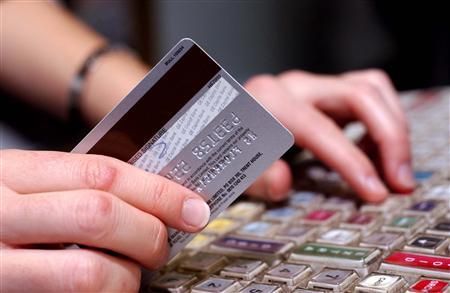
The personal loan business is the side threatening to steal the main show. It started as a trickle around 2003-04, when some banks started offering this loan to the salaried.
As the business grew, lenders rushed to give small loans (Rs 30,000-50,000) at usurious rates of 45-50 per cent.
The idea was that despite some defaults the high rates would assure good profits.
This party ended quickly - even before the 2008 global crisis made sure that rest of the high loan sizes, at relatively lower rates, froze.
The impact of the Credit Bureau has now ensured that this market reached around Rs 1,500 crore (Rs 15 billion) a month level but is profitable this time for the banks and borrowers are responsible.
This business is slowly moving online. Given the positive ecosystem, the time is ripe for online lenders like Wonga dot com to come into the market and change the dynamics.
(Harsh Roongta is CEO, apnapaisa.com. He was part of the core team that started retail lending business for ICICI.)









